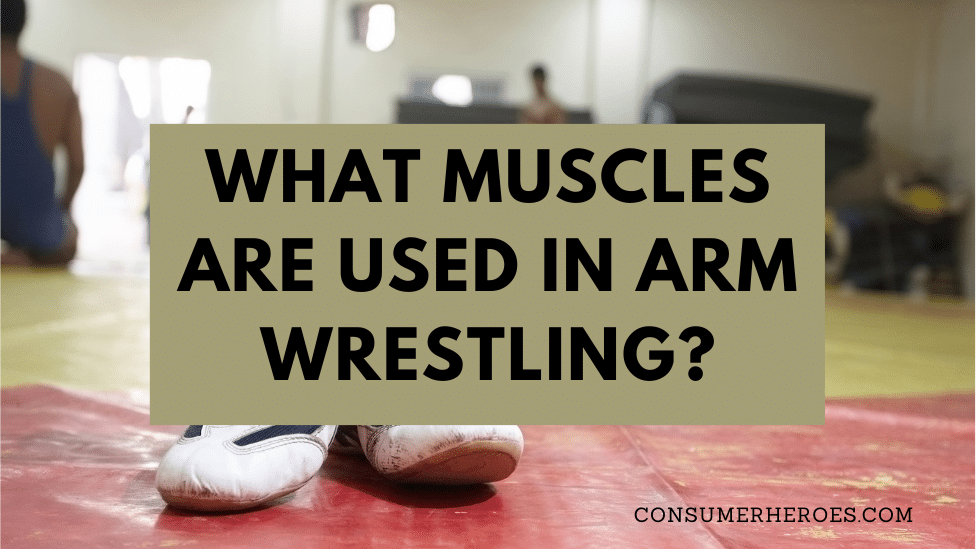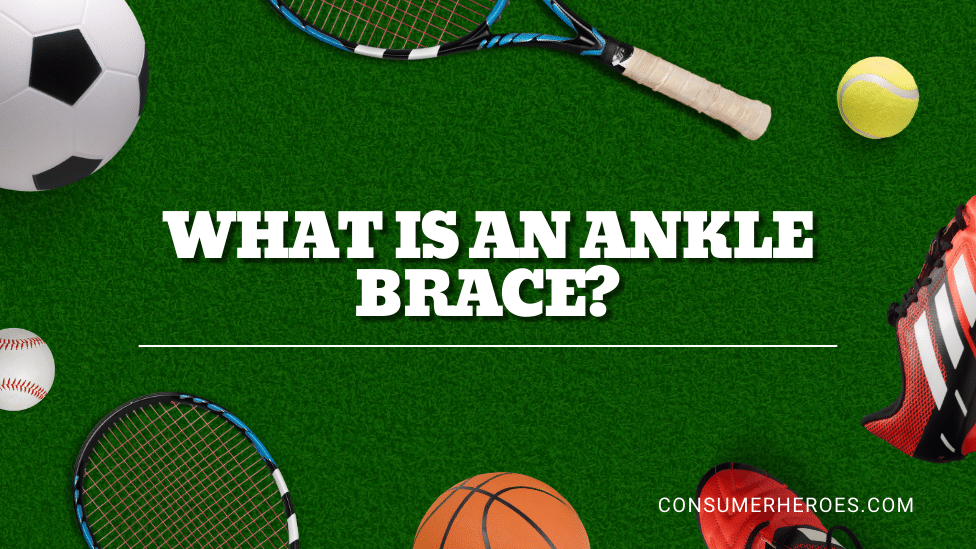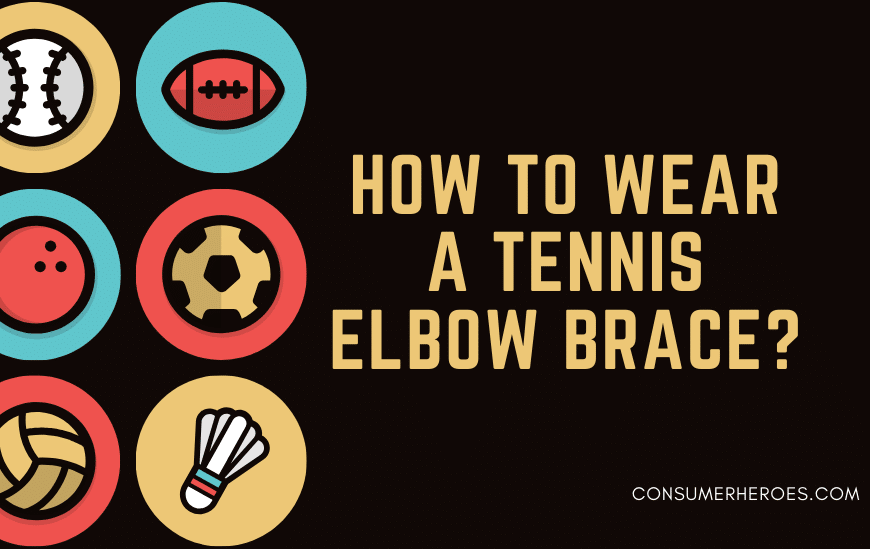A tennis elbow brace is a type of support that is worn on the forearm to alleviate pain and discomfort associated with tennis elbow. Tennis elbow, also known as lateral epicondylitis, is a condition that causes pain and inflammation in the tendons that connect the forearm muscles to the outside of the elbow. It is a common injury among athletes and people who engage in repetitive arm movements, such as painters, carpenters, and computer users.
Tennis elbow braces work by applying pressure to the affected area, which helps to reduce inflammation and pain. They are typically made of neoprene or other elastic materials that provide a snug fit around the forearm. Some braces also feature a strap that can be adjusted to increase or decrease the amount of pressure applied to the affected area. Tennis elbow braces come in a variety of styles and sizes, and can be worn on either the left or right arm.
What is a Tennis Elbow Brace
A tennis elbow brace is a type of strap or sleeve that is worn around the forearm, just below the elbow joint. It is designed to help alleviate the pain and discomfort associated with tennis elbow, a condition that is caused by overuse of the forearm muscles and tendons.
The brace works by providing compression and support to the forearm muscles and tendons, which helps to reduce the strain on the elbow joint. It also helps to improve blood flow to the affected area, which can help to speed up the healing process.
Tennis elbow braces come in a variety of styles and materials, including neoprene, elastic, and leather. Some braces are designed to be worn during physical activity, while others can be worn throughout the day to provide continuous support.
It is important to note that while a tennis elbow brace can help to alleviate pain and discomfort, it is not a cure for the condition. It is important to rest the affected arm, avoid activities that aggravate the condition, and seek medical attention if the pain persists or worsens.
Types of Tennis Elbow Braces
There are several types of tennis elbow braces available in the market. The following are some of the most common types:
Strap Braces
Strap braces are the most common type of tennis elbow brace. They are made of an elastic strap that wraps around the forearm, just below the elbow. This type of brace provides pressure to the muscles and tendons in the forearm, which helps to reduce the strain on the elbow joint.
Sleeve Braces
Sleeve braces are another type of tennis elbow brace. They are made of a stretchy material that fits snugly around the forearm. This type of brace provides compression to the muscles and tendons in the forearm, which helps to reduce inflammation and pain.
Gel Pads
Gel pads are a type of tennis elbow brace that is designed to provide targeted pressure to the affected area. They are made of a soft, gel-like material that conforms to the shape of the elbow. This type of brace is particularly useful for people who experience pain in a specific area of the elbow.
Counterforce Braces
Counterforce braces are a type of tennis elbow brace that is designed to redistribute the force of gripping and lifting away from the elbow joint. They are made of a strap that wraps around the forearm and a pad that sits over the muscles in the forearm. This type of brace is particularly useful for people who experience pain when lifting heavy objects.
Hinged Braces
Hinged braces are a type of tennis elbow brace that is designed to provide support to the elbow joint. They are made of a rigid material that wraps around the elbow and has hinges that allow for movement. This type of brace is particularly useful for people who have a more severe case of tennis elbow.
Overall, the type of tennis elbow brace that is most appropriate for an individual will depend on the severity of their condition and their specific needs. It is important to consult with a healthcare professional before choosing a tennis elbow brace.
How a Tennis Elbow Brace Works
A tennis elbow brace is designed to provide support and compression to the forearm muscles that are responsible for extending the wrist and fingers. The brace is worn just below the elbow joint, where the tendons that attach to the lateral epicondyle of the humerus bone are located.
When a person performs repetitive motions with their forearm, such as hitting a tennis ball, the tendons can become inflamed and painful. This condition is known as lateral epicondylitis, or tennis elbow. Wearing a brace can help to alleviate the pain and prevent further damage to the tendons.
The brace works by applying pressure to the muscles and tendons in the forearm, which reduces the tension on the lateral epicondyle. This helps to reduce the pain and inflammation in the affected area. The brace also provides support to the muscles, which can help to prevent further injury.
There are several different types of tennis elbow braces available, each with its own unique design and level of support. Some braces are made of neoprene or other flexible materials, while others are made of rigid plastic or metal. The type of brace that is best for a particular person will depend on the severity of their condition and their individual needs.
Overall, a tennis elbow brace can be an effective tool for managing the pain and discomfort associated with lateral epicondylitis. By providing support and compression to the affected area, the brace can help to reduce inflammation and prevent further injury.
Benefits of Using a Tennis Elbow Brace
Tennis elbow is a common condition that affects people who engage in repetitive arm movements. It causes pain and discomfort in the elbow joint, making it difficult to perform daily activities or participate in sports. A tennis elbow brace is a simple and effective solution that can help alleviate the symptoms of tennis elbow.
Here are some benefits of using a tennis elbow brace:
1. Pain Relief
Tennis elbow braces are designed to apply pressure to the affected area, which helps to reduce pain and discomfort. By compressing the muscles and tendons around the elbow joint, a tennis elbow brace can help to relieve pain and inflammation.
2. Increased Stability
Tennis elbow braces provide additional support to the elbow joint, which can help to increase stability and prevent further injury. By limiting the range of motion of the elbow joint, a tennis elbow brace can help to prevent overuse and strain.
3. Improved Healing
Tennis elbow braces can help to improve the healing process by promoting blood flow to the affected area. This increased blood flow can help to deliver essential nutrients and oxygen to the muscles and tendons, which can help to speed up the healing process.
4. Versatility
Tennis elbow braces are versatile and can be used for a variety of activities, including sports, work, and daily activities. They are available in different sizes and styles, so you can choose the one that best suits your needs.
5. Cost-Effective
Tennis elbow braces are a cost-effective solution for treating tennis elbow. They are affordable and can be used for an extended period of time, making them a great investment for anyone suffering from tennis elbow.
In summary, a tennis elbow brace is a simple and effective solution for anyone suffering from tennis elbow. It provides pain relief, increased stability, improved healing, versatility, and is cost-effective.
Choosing the Right Tennis Elbow Brace
When selecting a tennis elbow brace, there are several factors to consider. Here are some tips to help you choose the right brace for your needs:
Type of Brace
There are several types of tennis elbow braces available, including elbow sleeves, straps, and braces with gel pads. Each type has its own benefits and drawbacks, so it’s important to choose the one that will work best for you.
- Elbow sleeves provide compression and support to the entire elbow joint, which can help reduce pain and inflammation.
- Straps are designed to apply pressure to the forearm muscles, which can help relieve strain on the elbow tendon.
- Braces with gel pads provide both compression and targeted pressure to the affected area, which can help reduce pain and inflammation while supporting the elbow joint.
Size and Fit
It’s important to choose a brace that fits properly to ensure maximum effectiveness. Most braces come in a range of sizes, so be sure to measure your arm and choose the appropriate size.
- A brace that is too tight can restrict blood flow and cause discomfort, while a brace that is too loose may not provide enough support.
- Look for a brace that is adjustable so you can customize the fit as needed.
Material
The material of the brace can also affect its effectiveness. Look for a brace made from breathable, moisture-wicking material to help keep you cool and dry during activity.
- Neoprene is a common material used in tennis elbow braces, as it provides both compression and support.
- Some people may be allergic to neoprene, so be sure to check the material before purchasing.
Brand and Price
There are many brands of tennis elbow braces on the market, and prices can vary widely. It’s important to choose a reputable brand that has positive reviews and a good track record.
- While price can be a consideration, it’s important to remember that a higher price does not always equate to higher quality.
- Look for a brace that is within your budget but still meets your needs in terms of type, size, and material.
Proper Usage of a Tennis Elbow Brace
When using a tennis elbow brace, it is important to make sure that it is properly fitted and positioned. The brace should be snug but not too tight, and it should be positioned so that it provides support to the affected area without restricting movement.
It is also important to follow the manufacturer’s instructions for wearing the brace. Some braces are designed to be worn during specific activities, while others may be worn throughout the day. It is important to follow the recommended usage guidelines to ensure that the brace is effective and does not cause any discomfort or irritation.
In addition to wearing the brace properly, it is important to continue with any recommended treatments or exercises prescribed by a healthcare professional. A tennis elbow brace can provide support and alleviate pain, but it is not a cure for the condition. It is important to address the underlying cause of the condition and work to prevent further injury or damage.
Finally, it is important to regularly inspect the brace for signs of wear and tear. Over time, the brace may lose its effectiveness or become damaged, and it may need to be replaced. Regularly inspecting the brace can help ensure that it continues to provide the necessary support and protection.
In summary, proper usage of a tennis elbow brace involves ensuring that it is properly fitted and positioned, following the manufacturer’s instructions for wearing the brace, continuing with any recommended treatments or exercises, and regularly inspecting the brace for signs of wear and tear.
Potential Side Effects
While tennis elbow braces are generally safe and effective, there are some potential side effects that users should be aware of. These side effects are not common, but they can occur, especially if the brace is not used properly or if it is worn for extended periods of time.
One potential side effect of using a tennis elbow brace is skin irritation. The brace can rub against the skin and cause redness, itching, or even blisters. To prevent this, users should make sure that the brace is properly fitted and adjusted, and that it is not too tight or too loose.
Another potential side effect is muscle atrophy. This can occur if the brace is worn for too long or if it is too tight. Muscle atrophy is the loss of muscle mass and strength, and it can lead to weakness and pain in the affected area. To prevent this, users should only wear the brace for the recommended amount of time, and they should make sure that it is not too tight.
Finally, some users may experience discomfort or pain while wearing a tennis elbow brace. This can be due to the pressure that the brace puts on the affected area, or it can be due to the brace rubbing against the skin. To prevent this, users should make sure that the brace is properly fitted and adjusted, and that it is not too tight or too loose.
Overall, tennis elbow braces are safe and effective tools for managing tennis elbow and other similar conditions. However, users should be aware of the potential side effects and take steps to prevent them from occurring.
Maintenance and Care
Tennis elbow braces are designed to last for a long time, but they require proper maintenance and care to ensure their longevity. Here are some tips for taking care of your tennis elbow brace:
Cleaning
It is important to keep your tennis elbow brace clean to prevent the buildup of bacteria and odors. Most tennis elbow braces can be washed by hand with mild soap and warm water. Be sure to rinse thoroughly and allow to air dry before using again.
Storage
When not in use, it is important to store your tennis elbow brace properly to prevent damage. Keep it in a cool, dry place away from direct sunlight. Avoid storing it in a place where it can get crushed or bent.
Replacement
Over time, the elastic and Velcro straps on your tennis elbow brace may wear out and lose their effectiveness. It is important to replace your brace if you notice any signs of wear and tear. Most braces will last for several months to a year with regular use.
Adjustments
Your tennis elbow brace may need to be adjusted over time to ensure a proper fit. If you notice that the brace is slipping or not providing the support you need, try adjusting the straps. Most braces have adjustable straps that can be tightened or loosened to achieve the desired fit.
Inspection
Regularly inspect your tennis elbow brace for any signs of damage or wear. Check the elastic and Velcro straps for any fraying or tearing. If you notice any damage, it is important to replace the brace immediately to prevent further injury.
By following these simple maintenance and care tips, you can ensure that your tennis elbow brace lasts for a long time and provides the support you need to stay active and pain-free.
Conclusion
In conclusion, a tennis elbow brace can be a helpful tool for individuals suffering from tennis elbow or other similar conditions. The brace can help to alleviate pain and discomfort, reduce inflammation, and promote healing of the affected area.
When choosing a tennis elbow brace, it is important to consider factors such as the level of support needed, the size and fit of the brace, and the materials used in its construction. It is also important to consult with a healthcare professional to determine the best course of treatment for your specific condition.
Overall, a tennis elbow brace can be a valuable addition to a treatment plan for tennis elbow or other similar conditions. With proper use and care, a tennis elbow brace can help individuals to manage their symptoms and get back to their daily activities with less pain and discomfort.







